Kazakh Semi-Desert
The ecoregion’s land area is provided in units of 1,000 hectares. The protection goal is the Global Safety Net (GSN1) area for the given ecoregion. The protection level indicates the percentage of the GSN goal that is currently protected on a scale of 0-10. N/A means data is not available at this time.
Bioregion: Central Asian Deserts & Riparian Woodlands (PA32)
Realm: Central Eurasia
Ecoregion Size (1000 ha):
67,994
Ecoregion ID:
828
Protection Goal:
71%
Protection Level:
0
States: Kazakhstan
In the past, Saiga antelope, in the count of millions, could be found scattered across the vast low-relief plain. However, they suffered a massive population decline after the collapse of the Soviet Union, primarily due to an increase in poaching for their meat and horns for traditional Chinese medicine, and more recently due to diseases. Protected areas have been created to help protect this species. The Saker falcon is also an endangered species present in this ecoregion. It is captured and traded for falconry.
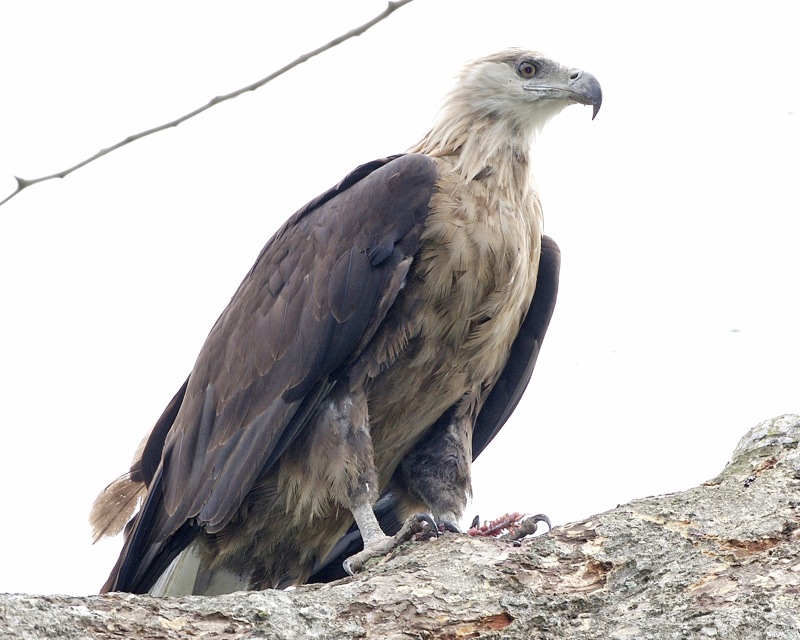
The flagship species of the Kazakh Semi-Desert ecoregion is the Pallas’s fish eagle. Image credit: Courtesy of Lip Kee, Flickr
The Kazakh Semi-Desert ecoregion in Kazakstan has an area of 679,944 km2. It stretches from the Ural River to the west, encompassing the North Aral Sea in the southwest, to the Kazakh Uplands, a vast low-relief plain, in the central east, which has low mountain oases. Further East, there are the low Chingiztau Mountains. It also borders the east Kazakstan region. With a prevailing cold semi-arid climate, the average temperature is 5.6°C, with an average maximum of 29.3°C and an average minimum of -21°C. The average precipitation in this ecoregion is 215.2 mm/year.

Pallas cat. Image credit: Editfmah Adrian Herridge, Creative Commons
Critically endangered species in this ecoregion include the sociable lapwing and saiga antelope. The saiga population, once in their millions, has been severely hunted for its meat and also for their horns, which is used in Chinese traditional medicine. Population size was also drastically reduced due to pasteurellosis, a bacterial infection. It is also believed that this infection was triggered by an unusually warm and wet climate in 2015.
In Kazakhstan, there are currently three saiga populations with the Betpak-Dala intersecting this ecoregion. Also of note are the endangered steppe eagle, Saker falcon, and Pallas's fish-eagle. The Saker falcon has been trapped and illegally traded, especially to Middle Eastern falconers. In the peneplains of the Kazakhstan melkosopochnika (also known as the Kazakh Hummocks), grassland-red feather grass, fescue, ovsets, and lesser kovylok dominate the landscape.

Goitered gazelle. Image credit: Elşad İbrahimov, Creative Commons
The Kazakh semi-desert is mostly covered by grassland (> 67% of area) with some areas of bare soil in the desert areas. Crops are very scarce. After the collapse of the Soviet Union, many of the once arable land were abandoned and regenerated. More than 7,600 km2 of the ecoregion is in protected areas, mostly habitat or species management areas. An important ecological network called Altyn Dala State Nature Reserve was established in 2012 to help protect the endangered Saiga.
The Yrgyz-Torgai-Zhylanshyk wildlife corridor was also created in 2014 to help protect the species. It consists of three clusters, totalling 4,899 km2, that encompass two Important Bird Areas: the Sarykopa Lake System and the Irgiz-Turgay Lakes (which is also a Ramsar area). A further 17 Important Bird Areas intersect this ecoregion, including the Donyz-Tau Cliff Faces, which is under very high pressure due to illegal capture and trade of the Saker falcon. Population density is very low, with an average of 0.006 inhabitant/ha and a maximum of 4.6 inhabitant/ha.
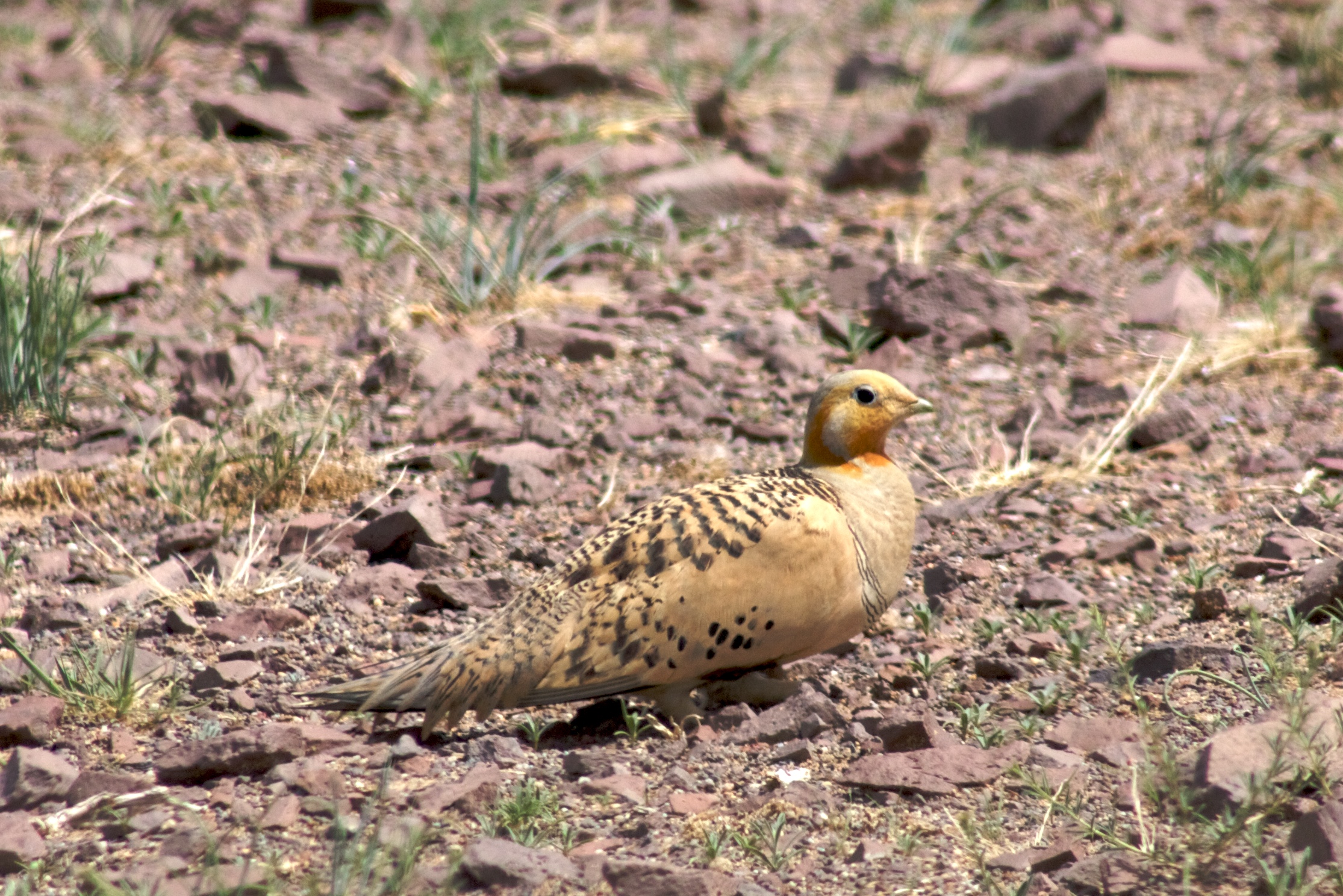
Palla's sandgrouse. Image credit: Creative Commons
Although measures have been put into place to combat illegal trade of saiga horns, including the use of sniffer dogs at borders, it is still an issue. Trapping of Saker falcons is still thriving, which not only threatens this species but also disturb other species and the habitat. This ecoregion was extensively used in the past and is recovering, but many of the protected areas have yet to be designated. Climate change will become an more significant threat as unusual wet and hot weather was recently observed, which seems to have triggered the disease that killed many thousands of saiga. The north-eastern part of this ecoregion was subject to nuclear tests. For example, Lake Chagan was created with a nuclear explosion and still is radioactive.
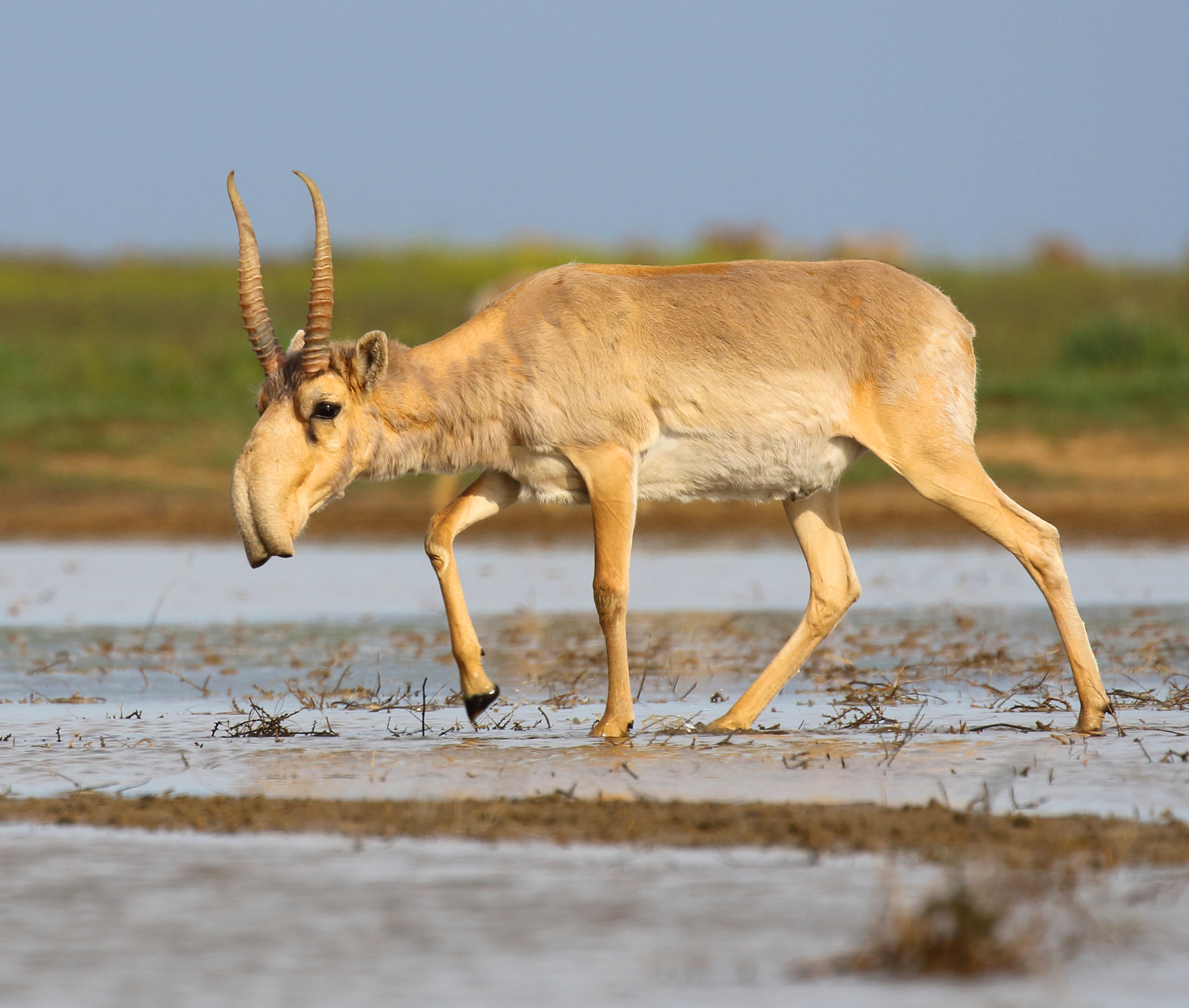
Saiga antelope. Image credit: Andrey Giljov, Creative Commons
The priority conservation actions for the next decade will be to: 1) strengthen the existing protected areas, e.g. legally recognise, provide adequate funding, and effectively manage and create ecological networks; 2) support the protection and reintroduction of saiga in areas they previously inhabited; and 3) support the establishment of wildlife inventories and biodiversity monitoring systems to help combat illegal trade and enhance effectiveness of protected areas estate.
Citations
- Ministry of Environment and Water Resources of the Republic of Kazakhstan. 2014. The Fifth National Report on Progress in Implementation of the Convention on Biological Diversity.
- GEF, CBD, UNDP. 2018. The Sith National Report on Biological Diversity in the Republic of Kazakhstan.
- Stretesky, P.B., McKie, R.E., Lynch, M.J., Long, M.A. and Barrett, K.L. 2018. Where have all the falcons gone? Saker falcon (Falco cherrug) exports in a global economy. Global ecology and conservation. 13, p.e00372.
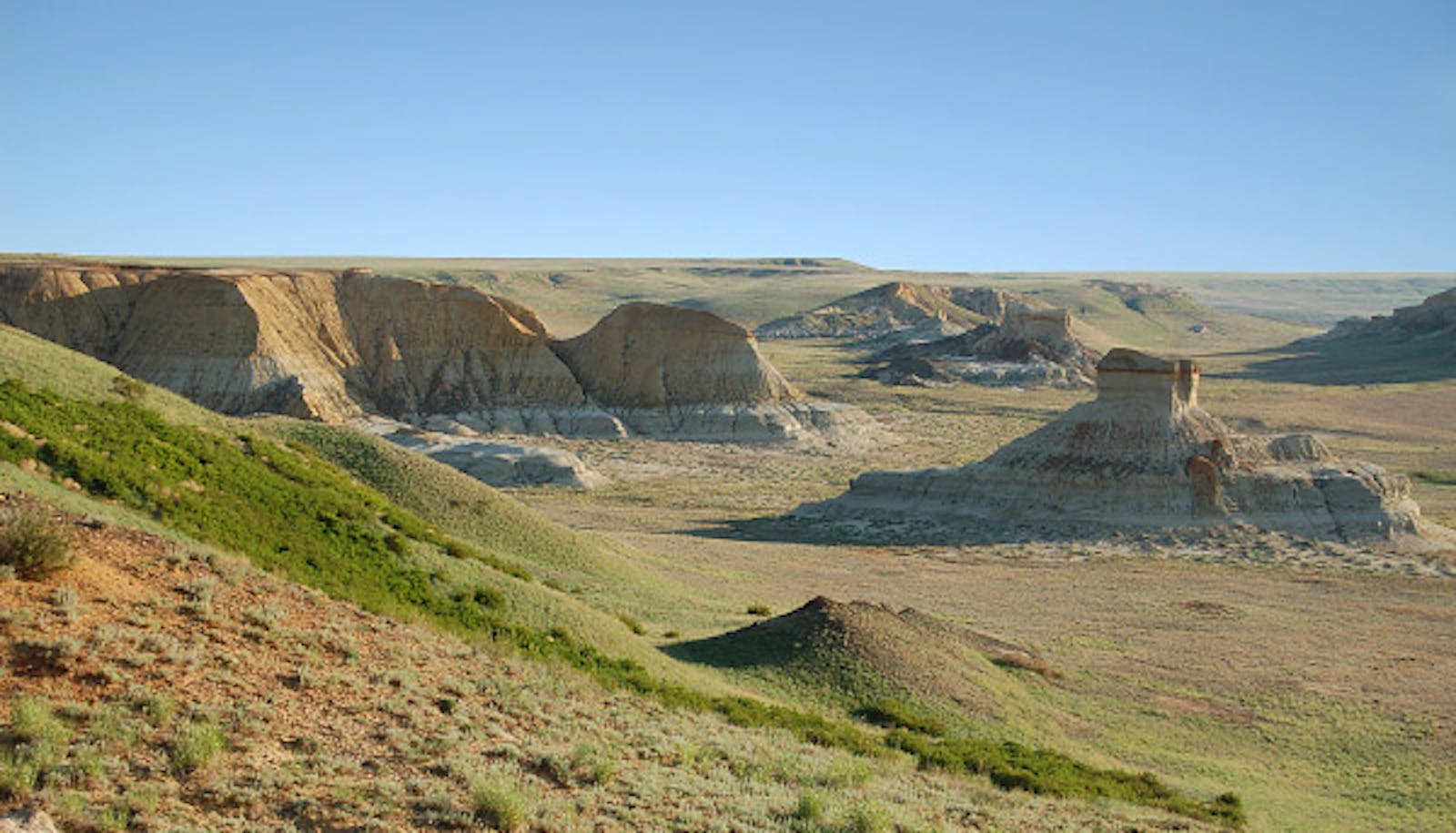
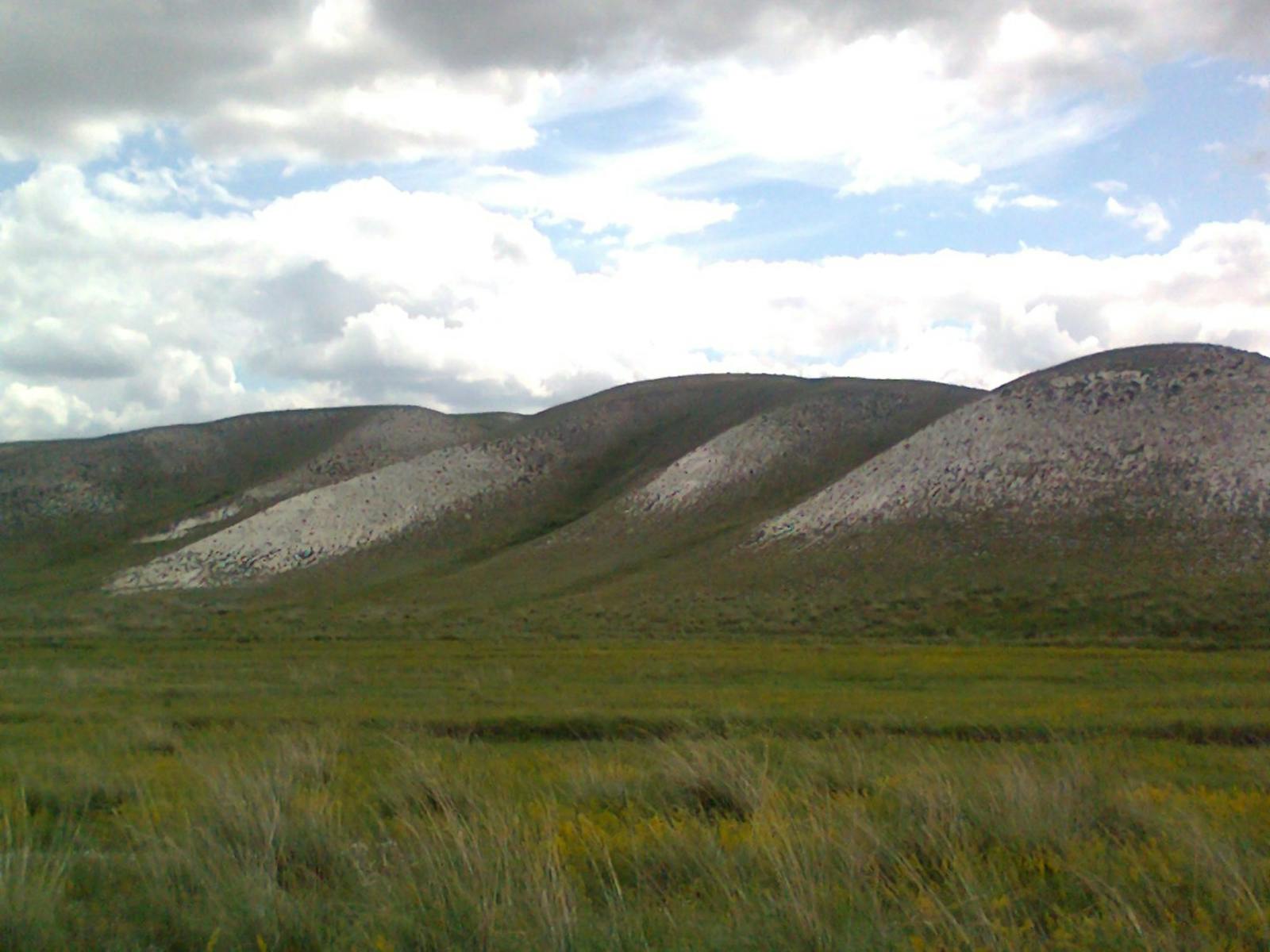
.png?auto=compress%2Cformat&w=300)
